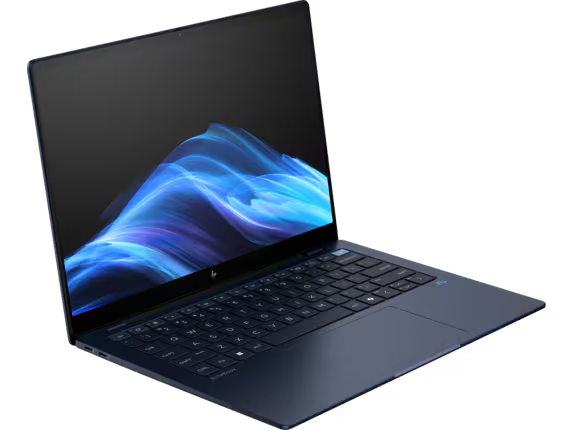In accordance with Microsoft’s monthly schedule, on Tuesday / Wednesday evening (if in Indonesia) they have released Tuesday patch or cumulative update for Windows 10 and 11 users.
And specifically for Windows 11, the update that comes itself is an update KB5039212 (22H2 build 22621.3737 and 23H2 build 22631.3737) and KB5039213 (21H2 build 22000.3019). Of course, there are quite a lot of improvements presented, but the release note page is specifically for updates KB5039212 Unfortunately not much information was announced with the update only bringing a fix to the problem lsass and hibernate problems only.
- This update addresses an issue that affects lsass.exe. It stops responding. This occurs after you install the April 2024 security updates on Windows servers.
- This update addresses an issue that might stop your system from resuming from hibernate. This occurs after you turn on BitLocker.
- This update addresses an issue that affects lsass.exe. It leaks memory. This occurs during a Local Security Authority (Domain Policy) Remote Protocol (LSARPC) call.
- This update addresses a known issue that might affect the installation process. You might get an error when you restart the system. Also, the device might roll back to the previous update. This mainly occurs on Windows virtual machines (Parallels Desktop) that runs on Arm based Mac devices.
While updating KB5039213 It turned out to bring quite a lot of improvements which include:
- New! This update affects Server Message Block (SMB) over Quick UDP Internet Connections (QUIC). It turns on the SMB over QUIC client certificate authentication feature. Admins can use it to restrict which clients can access SMB over QUIC servers. To learn more, see Configure SMB over QUIC client access control in Windows Server.
- This update affects the version of curl.exe that in Windows. The version number is now 8.7.1.
- This update addresses an issue that affects lsass.exe. It stops responding. This occurs after you install the April 2024 security updates on Windows servers.
- This update addresses an issue that affects a machine that hosts a remote desktop session. You get stop error RDR_FILE_SYSTEM (0x27). Because of this, all users are signed out of the machine.
- This update addresses an issue that affects a Microsoft Entra ID account. Devices cannot authenticate a second one. This occurs after you install the Windows update, dated November 13, 2023.
- This update addresses an issue that affects Storage Spaces Direct (S2D) and Remote Direct Memory Access (RDMA). When you use them with SMBdirect in your networks, the networks fail. You also lose the ability to manage clusters.
- This update addresses an issue that affects Containers. They do not move past the “ContainerCreating” status.
- This update brings Country and Operator Settings Asset (COSA) profiles up to date for certain mobile operators.
- This update addresses an issue that might stop your system from resuming from hibernate. This occurs after you turn on BitLocker.
- This update addresses an issue that affects Windows Defender Application Control (WDAC). The issue copies unsigned WDAC policies to the Extensible Firmware Interface (EFI) disk partition. It is reserved for signed policies.
- This update addresses an issue that affects Enhanced Fast Reconnect. It fails. This occurs when you use it with third-party remote desktop protocol (RDP) providers.
- This update addresses an issue that affects dsamain.exe. It stops responding. This occurs when the Knowledge Consistency Checker (KCC) runs evaluations.
- This update addresses an issue that affects lsass.exe. It leaks memory. This occurs during a Local Security Authority (Domain Policy) Remote Protocol (LSARPC) call.
- This update addresses an issue that affects a cloud file. Windows deletes it, even though the cloud provider has canceled the delete request.
So, you should get this update automatically as long as your device is connected to the Internet, but if not, you can just go straight to the Settings > Windows Updates > Check for updates page.
Please remember, if you previously encountered the problem of Windows 11 not being able to enter mode hibernate, then you must update your system because in this update the bug has been fixed.
Haven’t activated the Hibernate feature yet? you can check the article How to Enable Hibernate in Windows 11.
Source link











